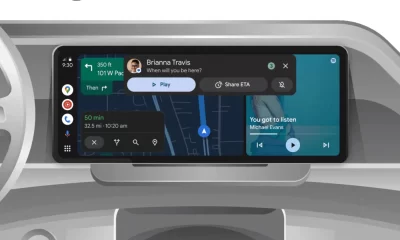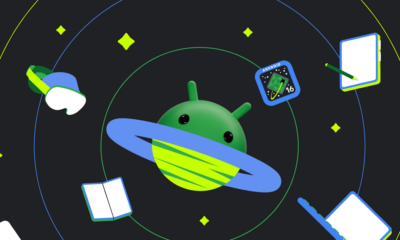Google rolls out live scam detection for Pixel 6-9 devices and testing new features in search

Google Introduces Live Scam Detection on Pixel Phones
After showcasing it at Google I/O 2024, Google is now rolling out real-time Scam Detection for phone calls on Pixel devices, starting from Pixel 6 up to the latest Pixel 9 series. This feature aims to protect users from fraudulent calls by analyzing conversation patterns that are typically associated with scams.
How Scam Detection Works
Scam Detection listens for specific conversation cues, such as urgent requests for money or suspicious account activities, that are often found in scam calls. If such patterns are detected, the phone will alert the user with an audio and haptic notification. Users will see a “Likely scam” warning on their screen, along with an option to “End call” or mark it as “Not a scam.”
For example, if a caller pretends to be from your bank and urgently asks you to transfer funds, Scam Detection analyzes the conversation and alerts you if it finds the call suspicious. On the Pixel 9 series, this feature is powered by Gemini Nano, Google’s advanced AI model. For Pixel 6, 7, and 8a devices, other robust on-device machine learning models handle the detection.
Privacy and User Control
Google has emphasized user privacy in implementing this feature. No audio or transcripts of the call are stored on the device or sent to Google servers. The Scam Detection feature is off by default, and users need to enable it manually via the Google Phone app settings. Users can also turn it off during specific calls if needed.
To enable this feature, users can navigate to Google Phone App Settings > Scam Detection. It is currently available for English-speaking users in the U.S. who are part of the Google Phone app’s public beta program.
For feedback on this feature, users can go to Phone by Google App > Menu > Help & Feedback > Send Feedback.
Google Play Protect’s Live Threat Detection
In addition to Scam Detection, Google is enhancing its security measures with Google Play Protect’s Live Threat Detection. This feature provides real-time alerts if it detects harmful apps on your device. Initially, it focuses on identifying stalkerware — software that secretly collects personal data without user consent. Over time, Google plans to expand this protection to include other types of malicious apps.
This new threat detection system analyzes actual behavior patterns of apps, even those that try to hide their malicious activities or lie dormant before activating suspicious behaviors. It is currently available for Pixel 6 and newer devices, powered by Google’s Private Compute Core, and will soon expand to other phone manufacturers.
Google Tests New Link Color in Search
In another update, Google is experimenting with a new color scheme for links in Google Search. For years, Google’s search links have been blue, but now some users are noticing the links appearing in an orange-brown color. This change has been observed in both the Google Search app and Chrome browser, indicating it is a test rather than a full release.
Possible Reasons for the Change
Google has been making several visual updates across its platforms, especially with the integration of Material You design, which brings dynamic theming to Android apps. However, this new orange link color seems unrelated to Material You, as it appears on both Android and iOS devices, particularly in dark mode.
Some users speculate that the new color is an attempt to create a more eye-friendly experience, especially for those using dark mode, as the orange hue is softer on the eyes compared to the traditional blue.
If you prefer the classic blue links, you may be able to revert to them by switching to light mode or signing out of your Google account. However, since this is an experimental feature, there is no guaranteed way to change it back until Google decides whether to roll out the new color scheme fully.
Conclusion
Google continues to enhance the user experience on its devices with these new features. The real-time Scam Detection offers a proactive approach to call security, protecting users from potential scams using on-device AI, without compromising privacy. Meanwhile, the new link color test in Google Search shows Google’s ongoing efforts to improve the visual design and user comfort.
As Google expands these features and tests new updates, users can look forward to an improved, safer, and visually appealing experience on their Pixel devices and across Google’s services.
Android
Google updates Gboard emoji kitchen and Android Auto with new features
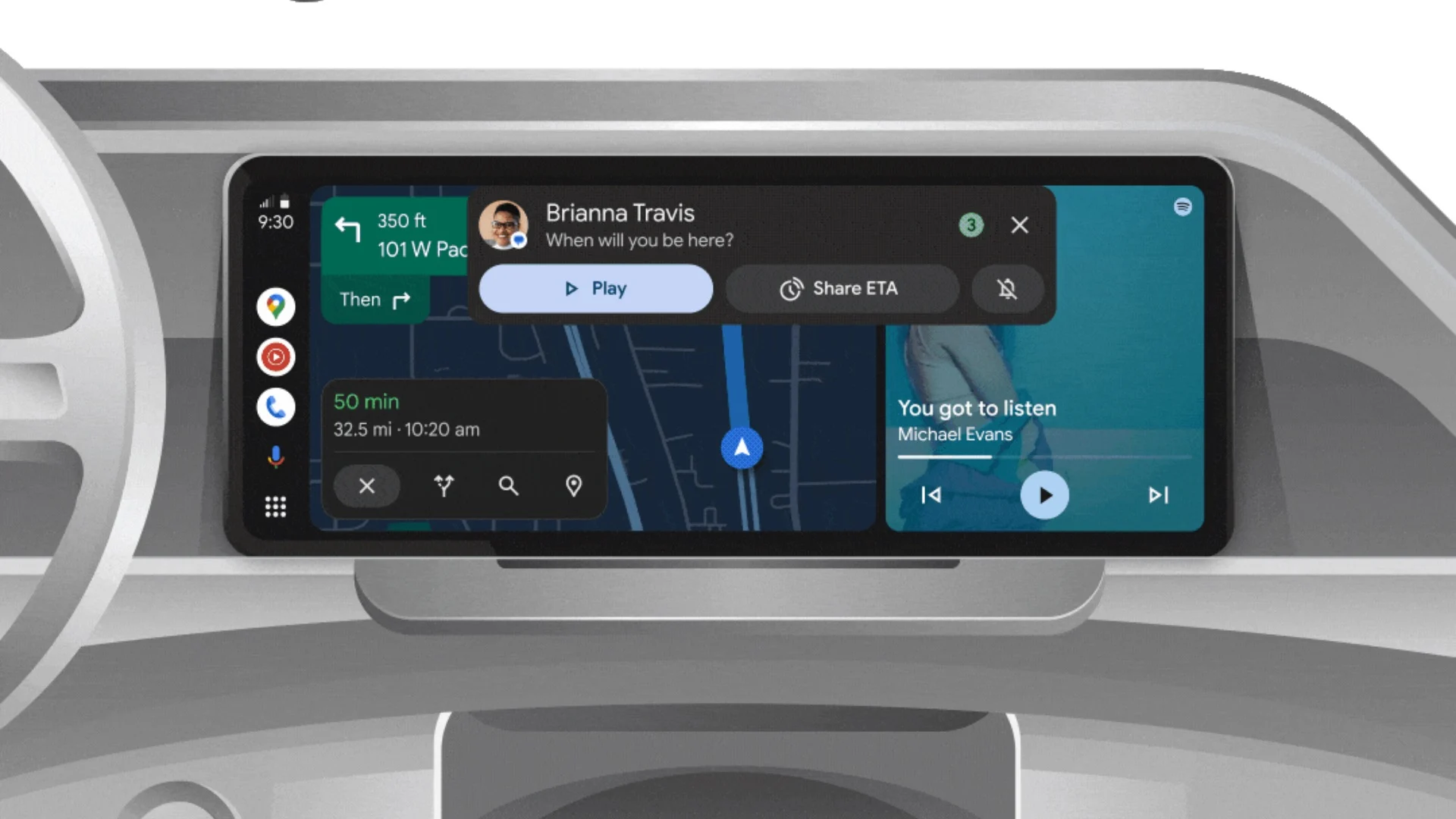
Google is bringing some fresh updates to make Gboard and Android Auto even better.
Starting with Gboard, the Emoji Kitchen now has a new “Browse” section. This makes it easier for users to find different emoji sticker combos. You can tap on any emoji and instantly see all the creative mixes available. Plus, there’s a search bar to help you look for specific stickers. This new feature is rolling out first to Pixel devices, with other Android phones expected to get it in the coming months.
On the other hand, Android Auto is now getting the 14.3 beta update. Although there are no big changes yet, this version mainly focuses on fixing bugs and improving performance. Testers have noticed slight speed improvements, but no new features have been spotted so far. Google might be preparing for bigger changes in future updates.
Both these updates show that Google is working hard to make its apps smoother and easier to use. Gboard’s new browsing tool will make messaging more fun, while Android Auto’s small fixes are important for a better driving experience.
If you have a Pixel phone or are part of the Android Auto beta program, you might already see these updates. Otherwise, they should be available to more users soon.
Android
Android’s Find My Device speeds up with UWB coming soon
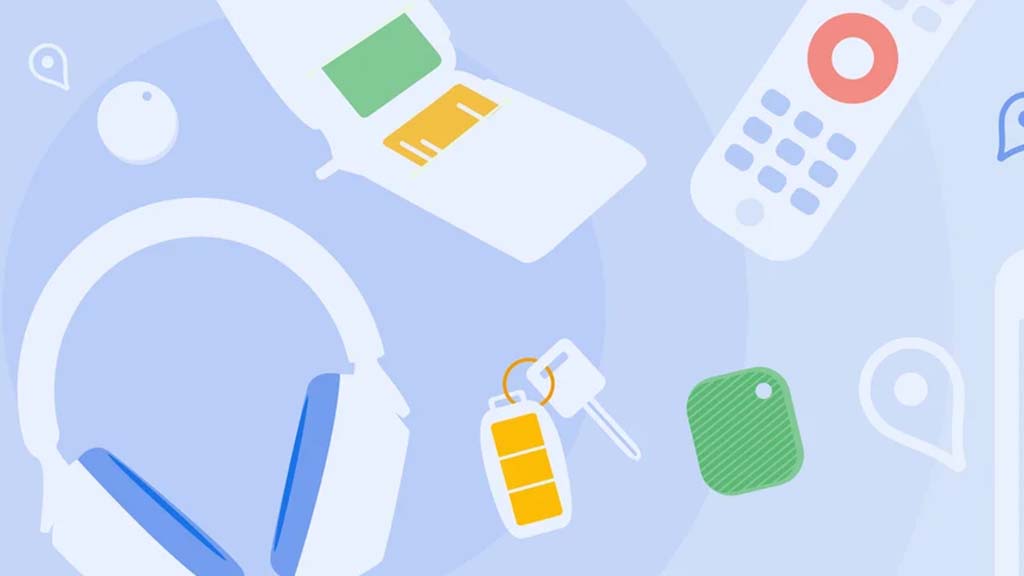
Google’s Find My Device network for Android has gotten a big boost, making it much quicker to locate misplaced items. Recent checks show it’s now four times faster than it used to be, keeping up with Apple’s AirTags in crowded spots like malls or events. For instance, at CES 2025, a tracker tucked in a bag updated its location just as fast as an AirTag nearby. This speed-up is thanks to more Android users turning on tracking for all locations, not only busy areas, which helps the system spot items more reliably.
In less crowded places, the network can still have trouble since fewer Android phones are nearby to share location signals. But Google’s working on this by nudging users through app alerts to enable tracking in quieter spots. Plus, recent updates to tracker software and apps have made connections more stable and accurate.
Looking ahead, Google’s gearing up to roll out ultra-wideband (UWB) technology. This will let you find items with pinpoint accuracy, even within a room, using cool augmented reality (AR) visuals, much like Apple’s setup. The Moto Tag, a tracker ready for UWB, is already available, just waiting for Google to activate this feature. Not all Android phones support UWB yet, but future models like the Pixel 10 might include it. These changes prove Google’s determined to make its Find My Device network a top choice for tracking lost stuff.
Gmail and Google Photos get new design and useful updates
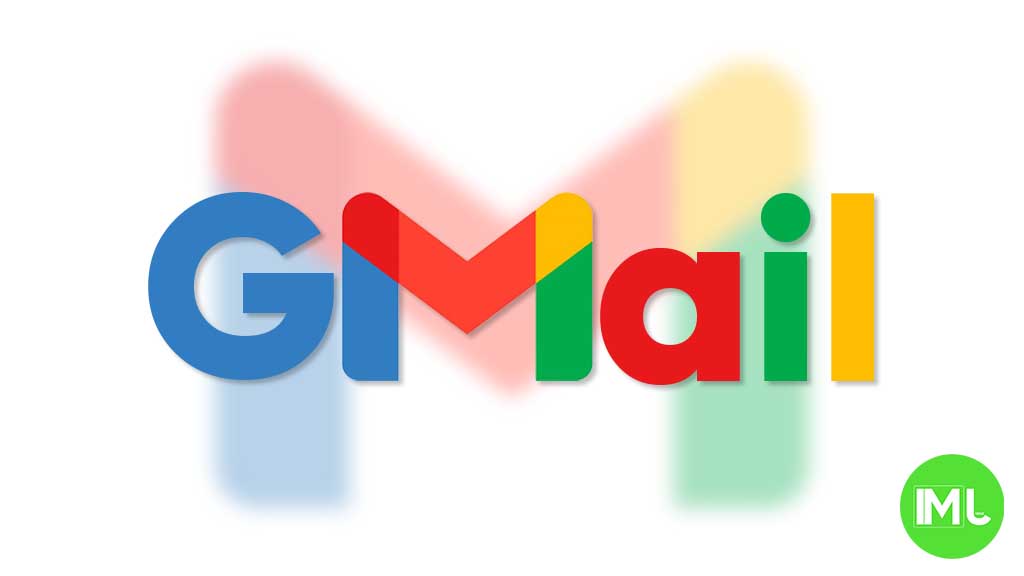
Google is giving Gmail and Google Photos some fresh updates to make things easier and more user-friendly.
First, Gmail on the web is now getting a new layout option. You can choose between “Cozy,” “Comfortable,” or “Compact” views based on how much space you want between your emails. Google is also adding a setting to control whether your inbox and labels stay on screen or only show up when needed. These changes make it easier to personalize how Gmail looks and feels.
Meanwhile, Gmail for iPhone is getting a visual upgrade. The app now uses Google’s updated design style called “Material 3.” You’ll notice a cleaner look with a rounded search bar at the top, smoother icons, and better spacing. Although the bottom bar and buttons look mostly the same, the overall design feels more modern and easier on the eyes.
Lastly, Google Photos is bringing back a helpful feature. The classic search shortcut that appears in the bottom bar is returning, making it quicker to find your photos. Before this, the shortcut had been removed when Google added the new “Memories” tab. Now, both features work together, letting you browse memories and search with ease.
These updates aim to make Google’s apps feel more useful, clean, and easier to use on both desktop and mobile.
-

 Apps1 year ago
Apps1 year agoGboard Proofread feature will support selected text
-

 News1 year ago
News1 year agoSamsung USA crafting One UI 6.1.1
-

 News1 year ago
News1 year agoBreaking: Samsung Galaxy S22 may get Galaxy AI features
-

 News1 year ago
News1 year agoSamsung Galaxy S23 Ultra with One UI 6.1 and all S24 AI features revealed
-

 News1 year ago
News1 year agoOne UI 6.1 Auracast (Bluetooth LE Audio) feature coming to many Samsung phones
-

 News1 year ago
News1 year agoSatellite SOS feature coming to Google Pixel phones, evidence leaked
-

 Apps11 months ago
Apps11 months agoGoogle’s fancy new Weather app is finally available for more Android phones
-

 News1 year ago
News1 year agoGoogle Pixel evolves as Europe’s third best selling flagship

